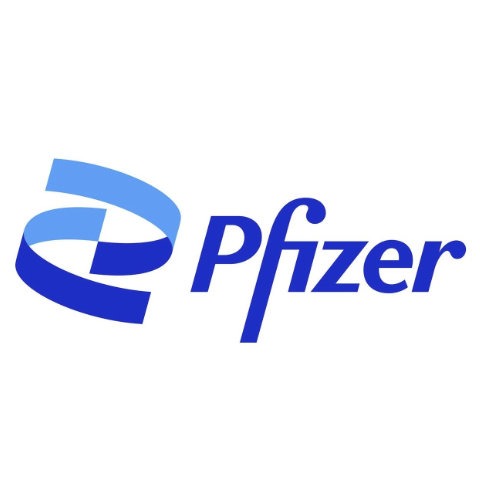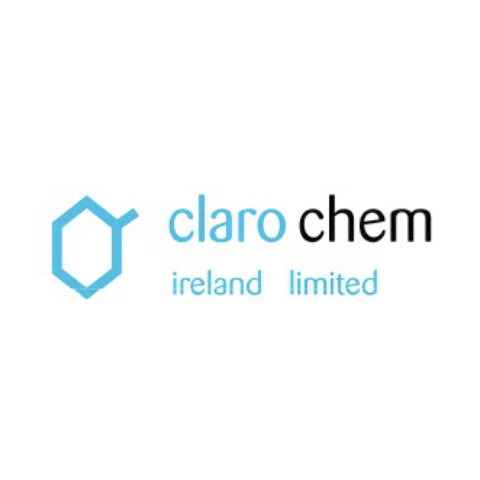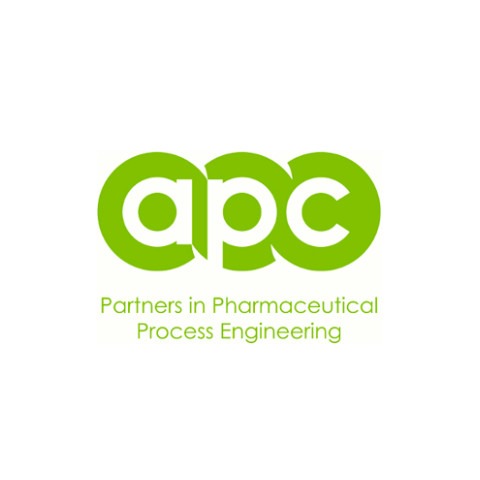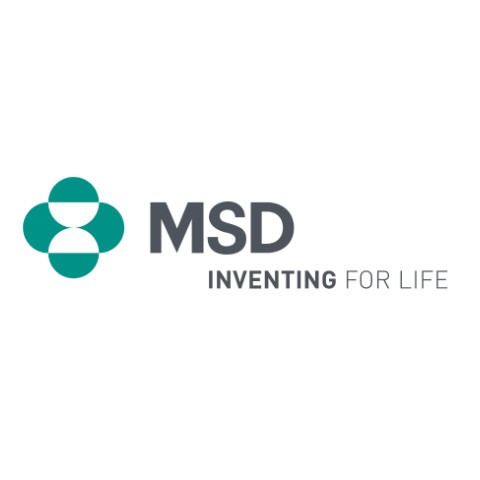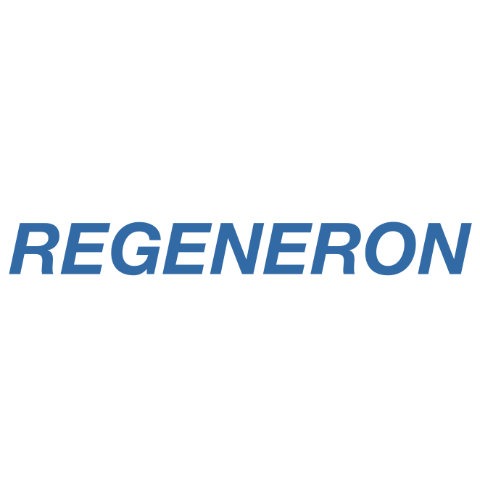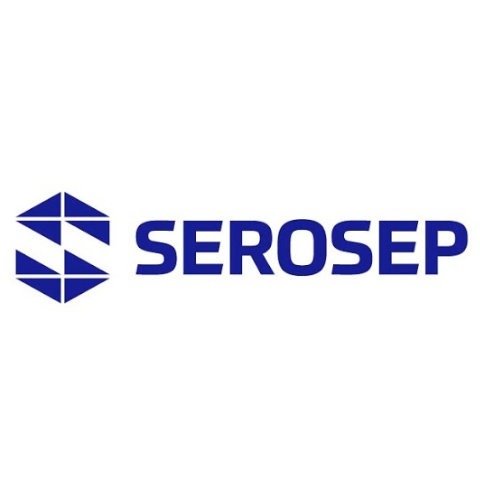Investigating relationships between microcrystalline cellulose crystallinity and moisture sorption capacity
McCrystal is a free-access calculator of the crystallinity index of microcrystalline cellulose (MCC) from Raman spectral data. McCrystal also performs spectral baseline by linear interpolation, spectral normalisation by Standard Normal Variate (SNV), and principal component analysis (PCA), all instructions are in the link below in solution.
The Project
The project entitled “Investigating relationships between microcrystalline cellulose crystallinity and moisture sorption capacity” was led by Ana Luiza P. Queiroz during her time at University College Cork, with her then supervisor Prof. Abina Crean, and co-supervisor, Dr Sonja Vucen.
This collaboration included support from members at University College Cork (UCC), University of Limerick (UL), University College Dublin (UCD) and Trinity College Dublin (TCD). Abina Crean, Sonja Vucen (UCC), Barbara Schaller (UL), Barbara Wood, (UCD) & APC Ltd., Anne Marie Healy (TCD) and Jayprakash Yadav (TCD).
The aim of this study was to firstly develop an analytical technique to rapidly quantify Microcrystalline cellulose (MCC) crystallinity and to secondly assess the relationship between MCC crystallinity and moisture sorption. Then apply the findings to control granulation and tabletability process parameters and predict tablet dissolution behaviour. MCC is the excipient most widely used in solid dosage forms. It is a semi-crystalline material with inherent crystallinity variability due to raw material source and variable processing conditions. If not well controlled, the variability of this critical material attributes may negatively impact on control of processes (granulation, tabletting) as well as the critical quality attributes of final products.
The Centre Effect
The initial experimental work was carried out by Ana Luiza at UCC. However, it became apparent that the most suitable analytical instrumentation was not available in UCC. Therefore, Ana Luiza reached out to academic and industry researchers in other partner institutes and companies.
As an Oscillatory ball mill and Raman MR probe were located at UL, additional experimental work was performed at the Bernal Institute with access organized by postdoctoral researcher Barbara Schaller. In addition, Dr Barbara Wood, postdoctoral researcher at UCD at the time, now Research Fellow at APC Ltd., organized access to Ana Luiza to use advanced disintegration and dissolution PAT tools in UCD (Easymax® system with FBRM® and PVM® probes). Barbara also organized access to Ana Luiza to use a Raman PhAT probe at APC Ltd. However, Ana Luiza realized that the Raman PhAT probe in place was not functioning with the required sensitivity and the experimental work involving this technique had to be put in standby.
With follow up, Prof. Anne Marie Healy, TCD, organized access to Ana Luiza to use TCD’s Raman PhAT probe. In turn, Ana Luiza also provided training to TCD researchers on how to operate the system, troubleshoot and analyse the Raman spectroscopy data obtained.
The Solution
The application called McCrystal was designed based on the research and is now available on the SSPC website at https://sspc.ie/mccrystal-registration/. This serves as a guide to other researchers about how modelling research can be disseminated.

